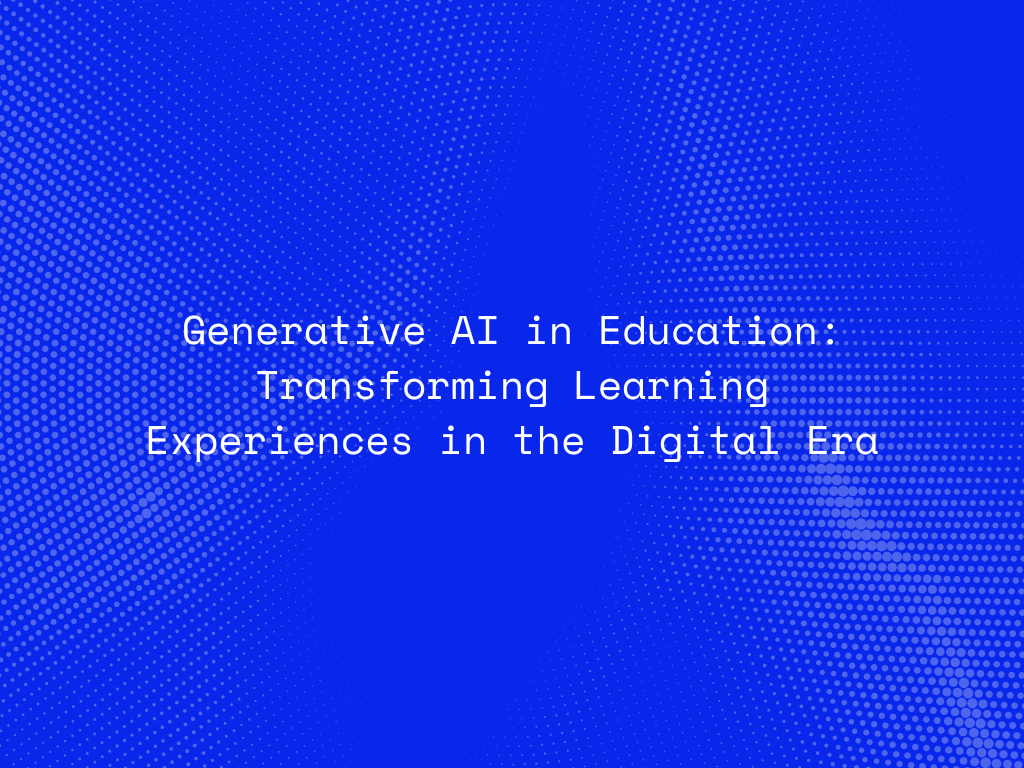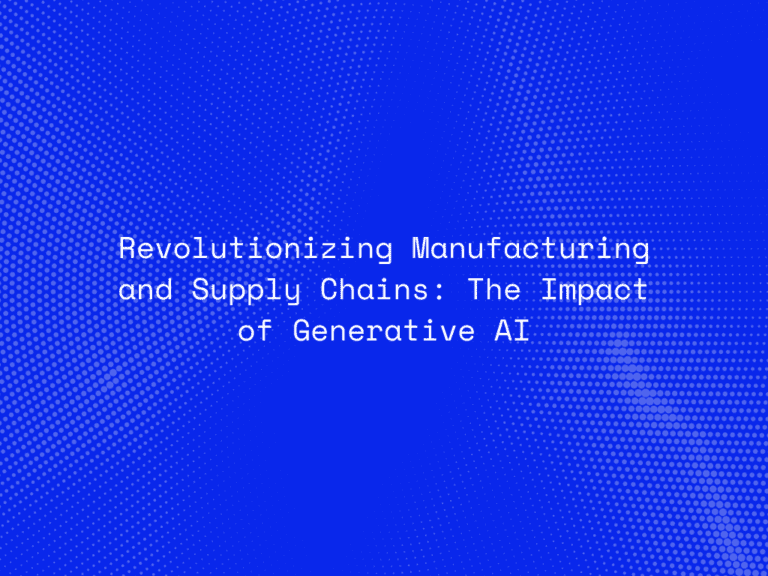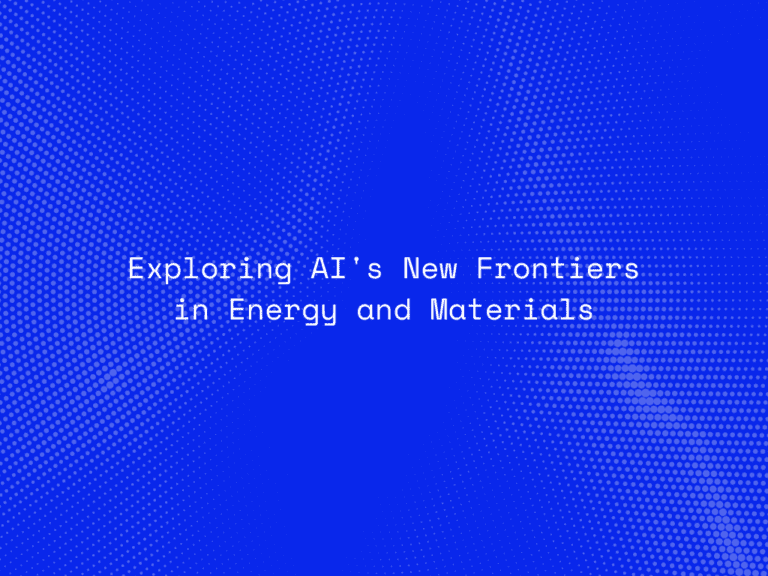Education is undergoing a technological revolution, and at the forefront of this transformation is Generative AI. This advanced technology is redefining how students learn, how educators teach, and how institutions deliver education. From personalized learning paths to creating immersive experiences, Generative AI is reshaping the education landscape in unprecedented ways.
This blog delves into how Generative AI is enhancing education, overcoming challenges, and paving the way for a future where learning is more engaging, inclusive, and efficient.
What is Generative AI in Education?
Generative AI refers to systems that can create new content—whether text, images, or interactive simulations—based on patterns in data. In education, these capabilities translate into tools that:
- Adapt lessons to individual learning styles.
- Generate educational materials like quizzes, videos, and simulations.
- Enable real-time translations and accessibility features.
By integrating these tools, education becomes not just a process of knowledge transfer but a dynamic, tailored experience for every learner.
Applications of Generative AI in Education
1. Personalized Learning
Generative AI adapts content to match individual learning needs, ensuring that every student progresses at their own pace.
- Example: Adaptive platforms analyze a student’s performance to suggest specific exercises or topics for improvement.
- Impact: Students receive a customized learning experience that boosts engagement and comprehension.
2. Immersive and Interactive Experiences
AI powers virtual and augmented reality tools, turning traditional lessons into interactive adventures.
- Example: A history lesson becomes a virtual tour of ancient Rome, or a biology class includes simulated dissections in 3D.
- Impact: Complex concepts become tangible, enhancing understanding and retention.
3. Automated Content Creation
Educators can rely on AI to generate lesson plans, assessments, and even multimedia presentations.
- Example: AI creates interactive videos, quizzes, and infographics aligned with curriculum standards.
- Impact: Teachers save time, ensuring consistency and quality in educational content.
4. Language Translation and Accessibility
Generative AI breaks down language barriers, making global education more inclusive.
- Example: AI-powered tools translate lectures, textbooks, and assessments into multiple languages.
- Impact: Students from diverse linguistic backgrounds access the same quality of education.
5. Virtual Tutors and Support
AI-driven virtual tutors offer round-the-clock assistance, helping students with queries and practice sessions.
- Example: A student struggling with algebra can receive instant step-by-step guidance from an AI tutor.
- Impact: Learning support becomes more accessible, reducing dependence on traditional tutoring.
6. Automated Assessment and Feedback
Grading and feedback can be time-consuming. Generative AI automates these tasks while ensuring fairness.
- Example: AI evaluates essays, providing constructive feedback on grammar, structure, and content.
- Impact: Teachers focus on instruction, while students receive immediate, actionable insights.

Advantages of Generative AI in Education
- Enhanced Engagement: Interactive and personalized content keeps students motivated.
- Efficiency for Educators: Automation reduces administrative burdens, allowing educators to focus on teaching.
- Global Reach: AI tools make high-quality education accessible to underserved communities.
- Innovation: New forms of content, like AI-generated simulations, foster creative and critical thinking.
- Scalability: AI systems can cater to millions of students without compromising quality.
Challenges and Ethical Considerations
While the benefits of Generative AI are immense, there are challenges to address:
- Data Privacy: Safeguarding sensitive student data is critical.
- Bias in AI: Training data may carry biases that lead to unfair outcomes.
- Teacher Adaptation: Educators need training to effectively integrate AI tools into their teaching methods.
- Dependence on Technology: Over-reliance on AI could hinder the development of traditional skills like critical thinking.
To overcome these hurdles, institutions must implement robust data protection measures, emphasize ethical AI development, and provide training for educators.
The Future of Education with Generative AI
Generative AI is set to revolutionize education in several ways:
- Global Classrooms: AI will facilitate real-time collaboration between students and educators across the world.
- Skill-Based Learning: AI-driven platforms will emphasize practical, skill-oriented education.
- AI-Empowered Educators: Teachers will leverage AI insights to better understand student needs and adapt teaching strategies.
- Lifelong Learning: AI tools will support continuous education for individuals looking to reskill or upskill.
As Generative AI evolves, its role in education will expand, making learning more personalized, immersive, and effective.
Conclusion
Generative AI is not just a tool for education; it’s a transformative force reshaping how we teach and learn. By enabling personalized learning, fostering creativity, and breaking down barriers, it empowers students and educators alike.
However, the successful integration of AI in education requires careful planning, ethical considerations, and collaboration between technology providers, educators, and policymakers. The future of learning is here, and Generative AI is leading the way.




